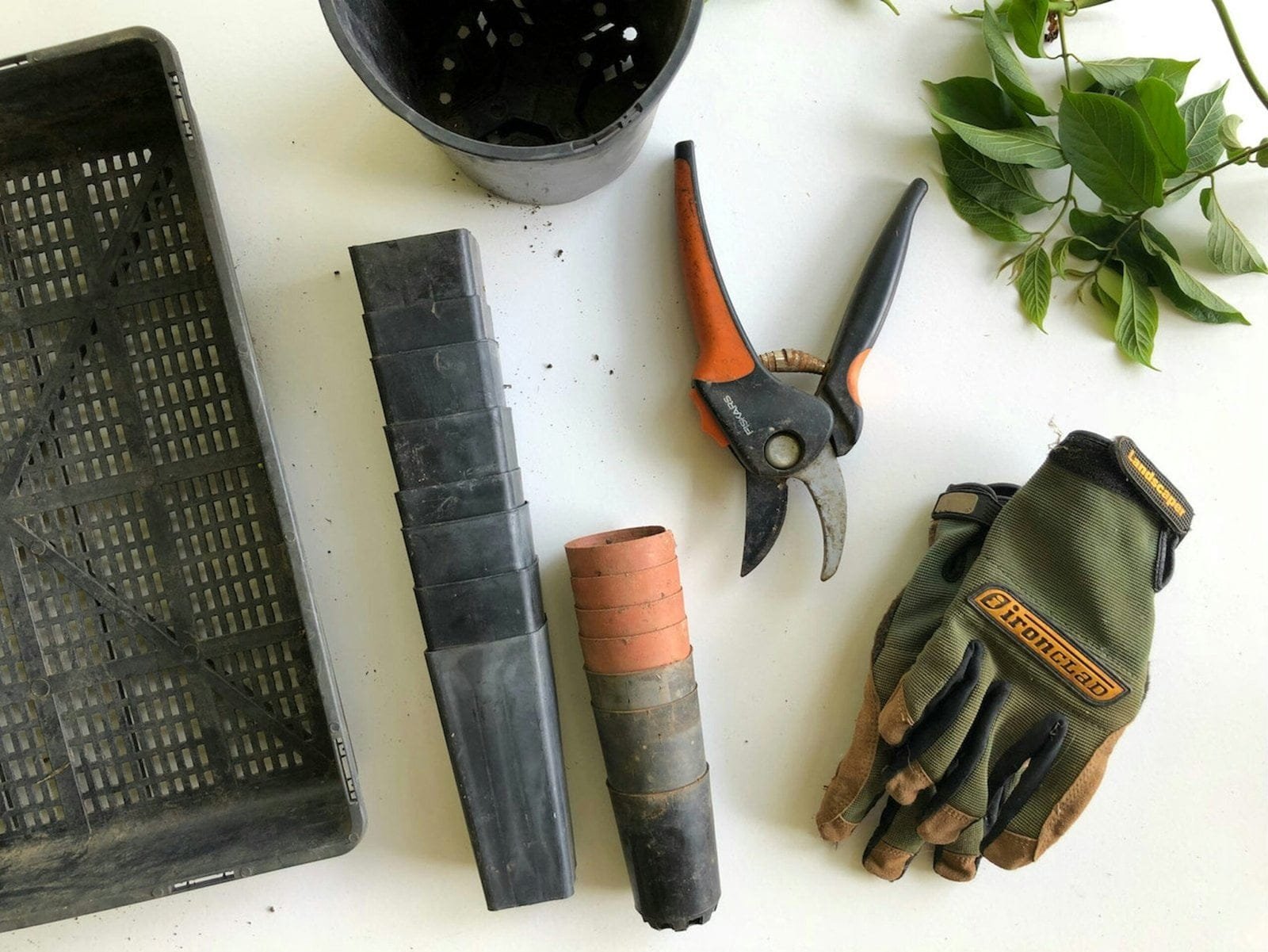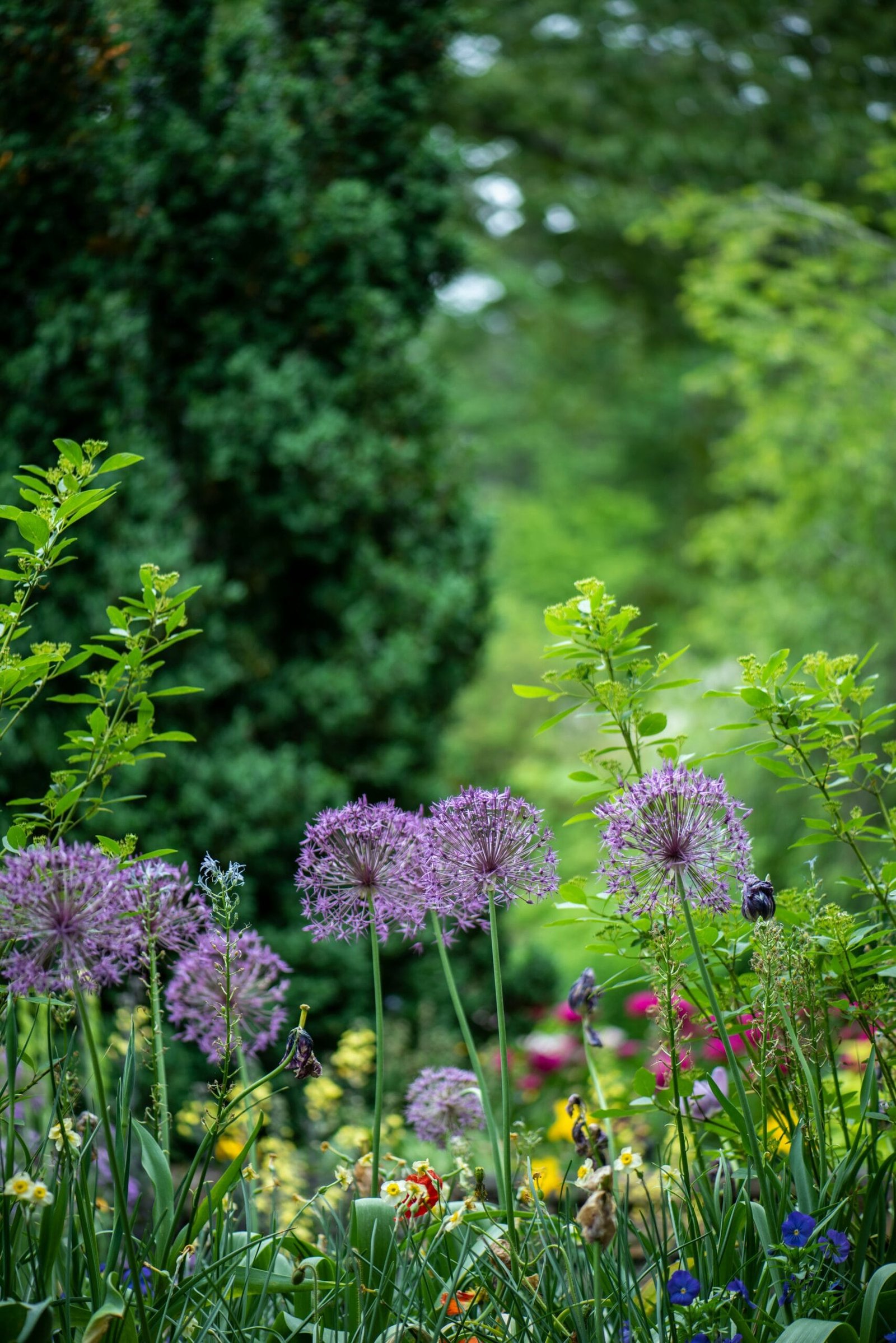Essential Tools for Successful Gardening and Bountiful Crops
Discover the indispensable tools for any serious gardener, including potato diggers, sling shovels, and cultivators. Learn about the different types, their uses, and tips for effective gardening. Enhance your gardening experience with essential tools that streamline tasks and promote healthy plant growth. Find out how to maintain these tools for long-lasting reliability.
The Indispensable Potato Digger
For any serious gardener, the potato digger is an essential tool that significantly streamlines the process of harvesting potatoes. Specifically designed to facilitate easy and efficient extraction of potatoes from the soil, this tool ensures that your bountiful crops are gathered with minimal effort and maximum yield. Understanding the various types of potato diggers available and how to use them effectively can make a substantial difference in your gardening success.

There are several types of potato diggers to consider, ranging from manual to mechanized options. Manual potato diggers, often resembling a fork or spade with broad, flat tines, are ideal for smaller gardens. They allow for precise control and are gentle on the potatoes, reducing the risk of damaging the tubers. On the other hand, mechanized potato diggers, which can be attached to tractors or other machinery, are suitable for larger plots. These advanced tools can significantly speed up the harvesting process and reduce physical strain, making them indispensable for commercial or extensive home gardening operations.
Please, read our post and do not forget to check our YouTube channel “Grig Stamate”:
https://www.youtube.com/@GrigStamate
You will find there, thousands of designing, furnishing, and decorating ideas for your home interior and outdoors.
Allow me to mention one of them:
Budget Friendly BALCONY GARDEN Makeover Ideas (video)
To use a potato digger effectively, begin by preparing the soil properly. Potatoes thrive in loose, well-drained soil, so ensure that the area is free of large rocks and compacted earth. When it comes time to harvest, typically after the potato plant’s foliage has died back, position your potato digger at the base of the plant. For manual diggers, gently lift the soil to expose the potatoes, taking care to minimize any damage. With mechanized diggers, follow the manufacturer’s instructions for optimal operation and safety.
Timing is crucial for a successful potato harvest. The best time to dig potatoes is during dry weather, which helps prevent the tubers from becoming overly moist and prone to rot. By using the potato digger correctly and at the right time, you can ensure that your potatoes are healthy and ready for storage or immediate use.
Mastering the Sling Shovel
The sling shovel stands out as an indispensable tool for any gardener due to its unique design and versatility. Unlike traditional shovels, the sling shovel features a curved blade that allows for more efficient digging and scooping. This distinct design not only makes it easier to penetrate the soil but also facilitates the lifting and moving of heavy loads, such as soil, compost, or mulch, with minimal effort.
One of the primary uses of the sling shovel is digging holes for planting. Its sharp, curved blade ensures precise and smooth cuts into the ground, making it ideal for creating planting holes of various sizes. Whether you’re planting shrubs, trees, or perennials, the sling shovel allows for accurate placement and depth control, promoting healthy root growth and successful plant establishment.
In addition to digging, the sling shovel excels at moving soil and other materials. The ergonomically designed handle reduces the strain on your back and arms, enabling you to work for extended periods without discomfort. This makes tasks such as spreading mulch or compost across garden beds significantly easier and more efficient. Moreover, the sling shovel’s curved blade can also be used to scoop up and remove weeds, helping to maintain a tidy and healthy garden.
Selecting the right size and type of sling shovel is crucial to maximizing its benefits. For general gardening tasks, a medium-sized sling shovel with a sturdy handle and a durable blade is recommended. If you have specific needs, such as digging in tight spaces or working with particularly heavy materials, consider a smaller or larger version accordingly. Ensure that the handle is comfortable to grip and the blade is made of high-quality, rust-resistant material for longevity and reliability.
Incorporating a sling shovel into your gardening toolkit can significantly enhance your efficiency and comfort. Its unique design and versatility make it an essential tool for various gardening tasks, ultimately contributing to a more enjoyable and productive gardening experience.
The Power of the Cultivator
The cultivator is an indispensable tool in any gardener’s arsenal, playing a crucial role in maintaining healthy soil and promoting robust plant growth. Cultivators come in various forms, each offering unique advantages tailored to different gardening needs. Hand-held cultivators are perfect for small gardens and intricate tasks, providing precision and control. On the other hand, electric cultivators offer a balance between power and ease of use, making them ideal for medium-sized gardens. For larger gardens or more intensive tasks, gas-powered cultivators stand out with their superior strength and capability to handle tough soil conditions.
Using a cultivator effectively involves several key steps. First, ensure the soil is moderately moist; overly dry or wet soil can hinder the cultivator’s performance. Begin by breaking up the soil surface, which helps in loosening compacted layers and enhancing aeration. This process is vital as it allows roots to penetrate more deeply, accessing essential nutrients and water. When dealing with weeds, maneuver the cultivator close to the base of the unwanted plants to uproot them efficiently. Regular cultivation not only removes weeds but also prevents new ones from establishing, maintaining a cleaner garden bed.
Preparation of the garden bed for planting is another critical task where the cultivator shines. After initial soil breaking, use the cultivator to mix in organic matter such as compost or well-rotted manure. This enriches the soil with necessary nutrients, fostering a fertile environment for seeds and plants. The importance of regular soil aeration cannot be overstated. Aerated soil improves water infiltration and root respiration, essential for plant health. Cultivators excel in achieving this by consistently breaking up the soil and incorporating air pockets.
In sum, the cultivator’s role extends beyond mere soil manipulation; it is a tool that enhances the overall vitality of your garden. Whether you opt for a hand-held, electric, or gas-powered model, understanding and utilizing a cultivator effectively will lead to healthier, more bountiful crops.
Other Must-Have Gardening Tools
While the primary tools are indispensable for any gardener, several other essential gardening tools can significantly enhance your gardening experience. Pruning shears are vital for maintaining the health of your plants by allowing precise cuts on branches and stems, promoting healthy growth and blooming. They are especially useful for shaping plants and removing dead or damaged foliage, which can hinder plant development.
Garden trowels are another must-have tool, offering versatility for various tasks such as digging, planting, and weeding. Their compact size and ergonomic design make them ideal for use in confined spaces and raised beds. A high-quality trowel will have a sturdy handle and a durable blade that can withstand regular use without bending or breaking.
Hoes are essential for soil preparation and weed control. Available in different shapes and sizes, hoes are effective for breaking up soil, creating planting rows, and removing unwanted weeds. Their long handles provide leverage, making it easier to cultivate larger garden areas without straining your back.
Watering cans, often overlooked, play a crucial role in ensuring your plants receive the right amount of water. A good watering can should have a balanced design for easy carrying and a nozzle that allows for controlled water flow, preventing soil erosion and ensuring even water distribution to plant roots.
To prolong the life and efficiency of your gardening tools, regular maintenance is essential. Clean tools after each use to remove dirt and sap, which can cause rust and damage. Sharpen blades periodically to maintain their cutting effectiveness. Store tools in a dry, sheltered location to prevent rust and deterioration. By taking these simple steps, you can ensure that your gardening tools remain in optimal condition, providing you with years of reliable service.
Other related posts from our website:
https://howtobuildahouseblog.com/how-to-keep-and-maintain-garden-tools/
https://howtobuildahouseblog.com/how-to-choose-the-right-garden-planting-tools/
https://howtobuildahouseblog.com/garden-financing-how-to-afford-your-dream-garden/
Thank you so much for your attention.
Stay tuned. We will upload many other amazing posts to our website and videos onto our YouTube channel.
Thank you so much.
for your time and attention.
Best Regards
See you to another post,
Bye, Bye


